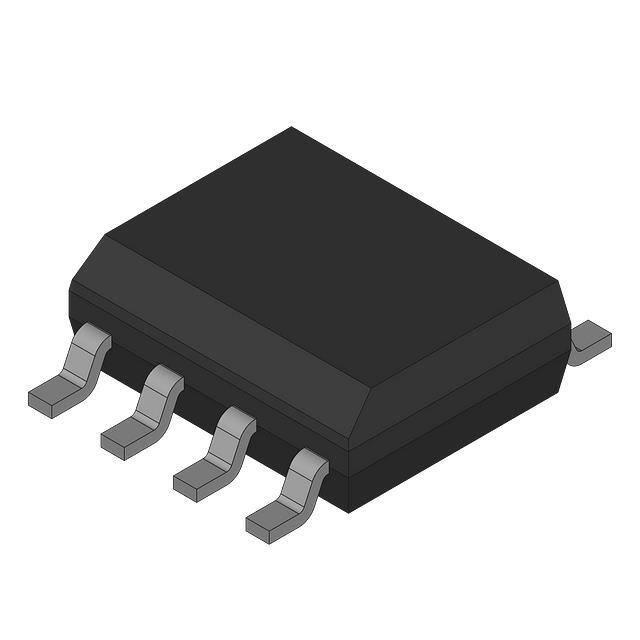Causes of damage to varistor and protection methods
Varistor is a resistor device, whose main feature is that within the normal working voltage range, its resistance value is very high and it is almost non-conductive; but when an overvoltage appears in the circuit (such as a sudden voltage increase caused by lightning strikes or equipment failure), the resistance value of the varistor will drop sharply, making it have the protection function of eliminating overvoltage.
Specifically, the characteristics of varistor are as follows:
Overvoltage protection: When an overvoltage exceeding the rated working voltage (breakdown voltage) of the varistor appears in the circuit, the varistor will enter a breakdown state, causing the voltage in the circuit to drop rapidly, thereby protecting the more sensitive components in the circuit (such as integrated circuits, sensors, etc.) from damage.
Non-linear resistance characteristics: The resistance value of the varistor changes with the change of the voltage across it, and this change is nonlinear, that is, within a certain voltage range, the resistance value drops sharply.
Material and structure: The main material of the varistor is zinc oxide (ZnO), which usually has multiple dispersed zinc oxide particles connected by metal electrodes. When voltage is applied, the resistance between the particles changes with the intensity of the electric field, thereby affecting the overall resistance value.
Application areas: Varistors are widely used in overvoltage protection, power line filtering, lightning protection, motor protection and other fields in electronic circuits. They are a common and effective circuit protection component.
Varistors exhibit high impedance under normal working conditions, but quickly become low impedance when overvoltage occurs, playing an important role in protecting other components of the circuit.
What causes damage to varistors?
Usually, it can be attributed to the following points:
Overvoltage shock: Varistors are mainly used to protect circuits from overvoltage damage. If an overvoltage exceeding the rated working voltage of the varistor appears in the circuit, the varistor will enter a breakdown state, thereby being damaged or failing.
Long-term high voltage or high current: Although varistors can withstand large overvoltages for a short period of time, if they are in a high voltage or high current state for a long time, it may cause damage to the material inside the resistor element or thermal runaway, thereby damaging the resistor.
Environmental conditions: The performance of varistors is affected by environmental factors such as temperature and humidity. Under extreme environmental conditions, the material of the resistor may degrade or lose its normal resistance characteristics, resulting in damage to the resistor.
Misuse: If the operating range and limitations of the varistor are not taken into account when designing the circuit, or if inappropriate varistor parameters are selected, the resistor may also be damaged.
In short, the main reason for varistor damage is overvoltage exceeding its ability to withstand or long-term high voltage state, which will reduce the breakdown voltage of the resistor or cause damage to the internal structure of the resistor, ultimately leading to its failure.
Today, I recommend several varistor overheat protection technologies.
Varistors are mainly used for overvoltage protection in circuits, but they themselves may also overheat and be damaged due to overvoltage or other factors. To protect varistors from overheating, the following technologies can be considered:
1.Thermistor combination:
A thermistor (heat-sensing resistor) is connected in parallel between the varistor and the load in the circuit. The resistance value of the thermistor changes with temperature. When the varistor overheats, the change in the resistance value of the thermistor can be used to trigger protection measures, such as cutting off the power supply or reducing the circuit load.
2.Current limiter:
Add a current limiter, such as a current limiting resistor or inductor, to the circuit of the varistor to limit excessive current passing through the varistor, thereby reducing its overheating risk.
3.Thermal switch:
Use a thermal switch or temperature sensor to monitor the temperature of the varistor. When the temperature exceeds the safety threshold, the thermal switch can cut off the circuit to prevent the varistor from continuing to work and being damaged.
4.Temperature protection circuit:
Design a dedicated temperature protection circuit to monitor the temperature of the varistor through a temperature sensor and automatically cut off the power supply or take other protective measures when the temperature rises to a dangerous level.
5.Fan cooling:
For high-power applications or occasions with high ambient temperature, consider installing a fan or other cooling device near the varistor to improve the heat dissipation effect and reduce its temperature, thereby extending the life of the varistor.
These technologies can be used alone or in combination. The most appropriate overheat protection measures are selected according to the specific application scenarios and requirements to ensure that the varistor can operate safely and reliably during operation.
Check out Dasenic's hot-selling varistors


